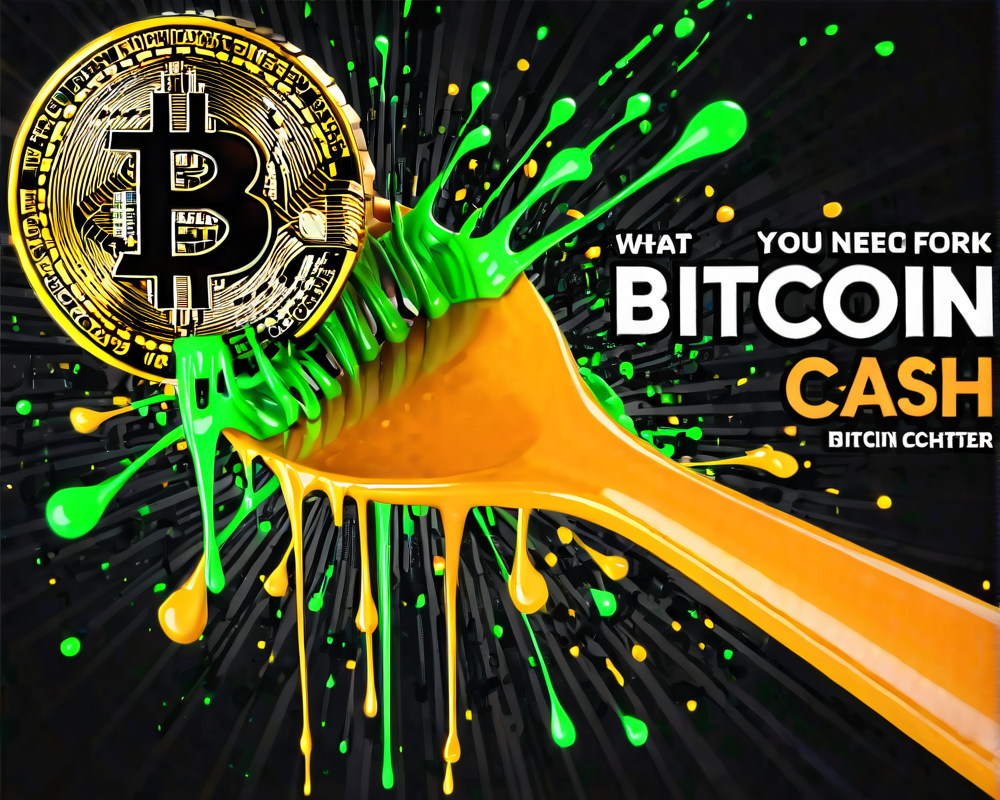The Big Claim: Unhackable No More?
In an eyebrow-raising declaration, a group of researchers claims to have successfully hacked the Bitfi wallet, a device touted by cybersecurity titan John McAfee as the “world’s first unhackable wallet.” This proclamation of invincibility has brought plenty of attention (and a hefty $100,000 bounty) to the table. But as all good cybersecurity hunts go, this one is a bit more complicated than it seems.
The Challenge: A Bounty for Bravery
McAfee, known for his colorful personality and penchant for stirring the pot (not to mention his skills in cybersecurity), challenged the cream of the hacking crop on July 24. The goal was simple: breach the Bitfi wallet, a physical gadget that’s a veritable Swiss Army knife for cryptocurrency, all while adhering to specific bounty conditions. It sounds easy, right? Maybe not.
Meet the Bitfi Wallet
The Bitfi wallet is more than just a fancy gadget—it’s a game changer. Instead of relying on the conventional method of a 24-word mnemonic seed, it utilizes a user-generated secret phrase. This, alongside its promised open-source architecture, aims to keep users in total control of their funds, even if the creators stroll off into the sunset.
Hacking Attempts: The Road to Glory
Despite numerous attempts and grand claims, no one managed to crack the code until the recent revelation by certain audacious researchers who controversially assert that they’ve danced around the rules enough to fit the bounty’s floor.
An Inside Look at the Hack
Security ace Andrew Tierney states, “We have sent the seed and phrase from the device to another server, via netcat—nothing fancy.” That’s right, folks! No Boris the Blade-like espionage here; just some good old-fashioned data hijacking. The researchers argue they met the bounty criteria by modifying the wallet, enabling them to communicate with its server, and send sensitive information—like posting silly messages on the screen. Because, why not?
The Company Responds
In the face of these shocking claims, Bitfi CEO Daniel Keshin took a firm stand. In correspondence with Cointelegraph, he stated, “As of now, we have no evidence that our device can be hacked…” yet, he assures that should a vulnerability present itself, the company will promptly spring into action to protect its users. How reassuring—like a security blanket that’s been shredded a bit.
(Un)Hackable: The Final Takeaway
For the time being, the battle of the wallets rages on. Argument and counter-argument will likely lead to a slew of news articles and Twitter wars. One thing’s for sure though: if devices touted as unhackable can be compromised, it raises questions about security across the board in the rapidly evolving world of cryptocurrency. So, hold onto your wallets, folks, because this saga is far from over.




